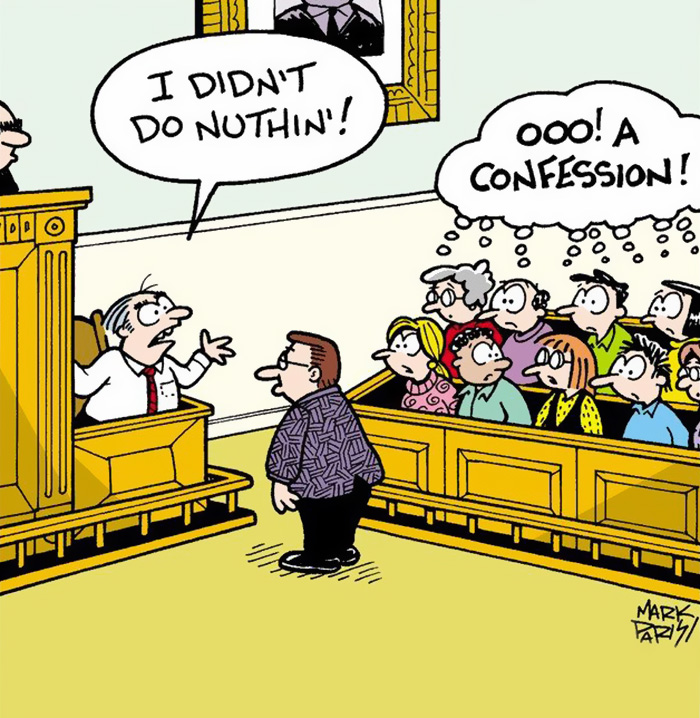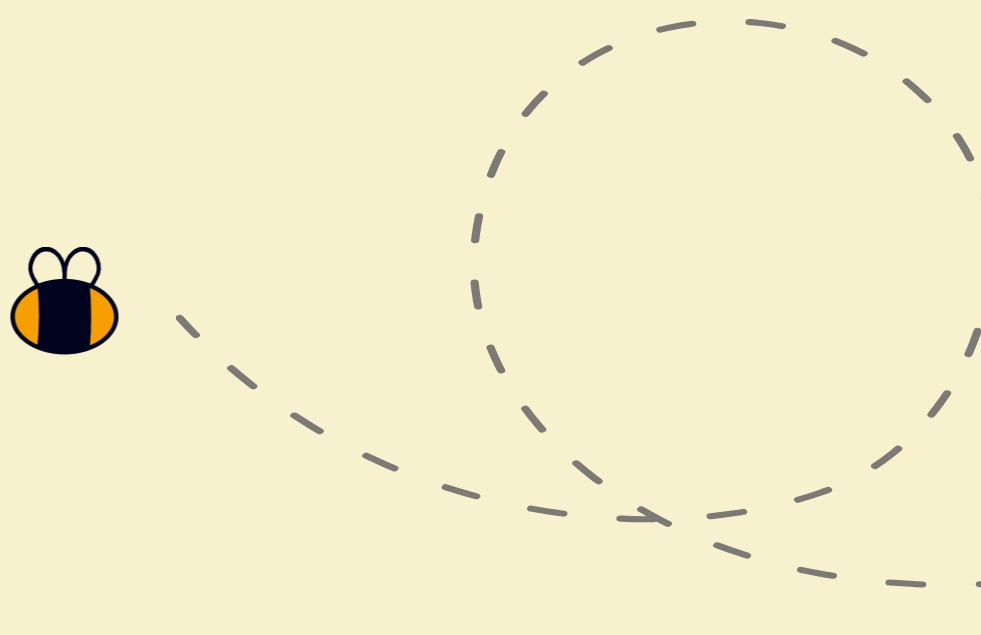
The worst piece of writing advice I ever received? Write like you talk.
If you’ve ever eavesdropped on a conversation, you know that our verbal culture is an editor’s worst nightmare. Saturated with rotten grammar mistakes, half-baked ideas, and a disturbing amount of likes, ums and y’knows, human speech isn’t exactly made for readability.
So how can you write like a human while still writing for readers? Edit, edit, edit. Edit for spelling, edit for punctuation, edit for word choice, edit for awkwardness. Edit the heck out of it.
Here are some of the biggest blog-killing grammar mistakes to watch out for:
Common Grammar Mistakes
1. It’s and Its
Sounds obvious, but I’m always amazed by how many people mix up it’s and its. It’s is the contraction of ‘it is’ or ‘it has,’ while its is a possessive pronoun.
It’s a beautiful day!
My sandwich has lost its appeal.
2. Then and Than
Another common mix-up. As a rule, use the word than when comparing and then in all other instances.
The dress was prettier than Samantha expected.
The rain stopped and then started again.
3. Literally
“I didn’t eat breakfast and I’m literally starving.”
No, you’re not. When you say literally, that means what you’re saying is 100% true. And it’s not. You’re lying. Liar.
4. Dos and Don’ts
This one’s a killer. Correct: Dos and Don’ts. Incorrect: Do’s and Don’ts. Really incorrect: Do’s and Don’t’s.
Even though it looks unusual, apostrophes are rarely used to form plurals. Mind your Ps and Qs. She was born in the 1960s. Some exceptions? Lowercase letters (there are 5 x’s) and abbreviations with internal punctuation (she had 5 Ph.D.’s).
5. Definately
One of the most common misspellings on the internet. Definitely is definitely not spelled definately.
6. Semicolons in Bulleted Lists
Don’t put commas or semicolons after your list items, and don’t put a conjunction (and, or) before the last item.
Incorrect:
- ponies;
- chickens;
- cats; and
- sheep.
Correct:
- ponies
- chickens
- cats
- sheep
Also, make sure all items have the same grammatical structure—all nouns, all sentences, all adjectives, etc. Don’t mix and match. And if the items in a list are complete sentences, each item needs to end with a period.
7. Dashes and Hyphens
In case you didn’t know, dashes and hyphens are not interchangeable. Would you use a question mark instead of an exclamation mark? No, because that would change the entire meaning of a sentence.
Hyphens are used to connect two or more words to form a single grammatical unit.
My eight-year-old neighbour loves to skip.
Susan and Bob are in a long-term relationship.
Em Dashes, one of the most dramatic punctuation marks around, are used to indicate breaks in thought or to set parenthetical material off from the rest of the sentence.
The em dash—you guessed it—is the width of the letter ‘m.’
The thief—a hungry raccoon—made off with the entire pie.
En Dashes are used to indicate periods of time or ranges of numbers.
August 13–August 18
pages 21–358
8. The Dangling Participle
Dangling participles occur when you order a sentence in a confusing way. Although humorous, dangling participles are extremely annoying.
Incorrect: After rotting in the cellar for weeks, my sister brought up the bag of potatoes. (Who was rotting? Your sister or the potatoes?)
Correct: My sister brought up a bag of potatoes that had been rotting in the cellar for weeks.
If you’ve followed all the rules and something still sounds or looks super weird, rewrite it. You can always eliminate common grammar mistakes by simplifying your sentence. Your readers will thank you for it!
Another way to avoid common grammar mistakes is by hiring the team at Stikky Media to handle your digital content creation! Our expert writers may not have written the book on grammar, but we did write a blog post about it!







